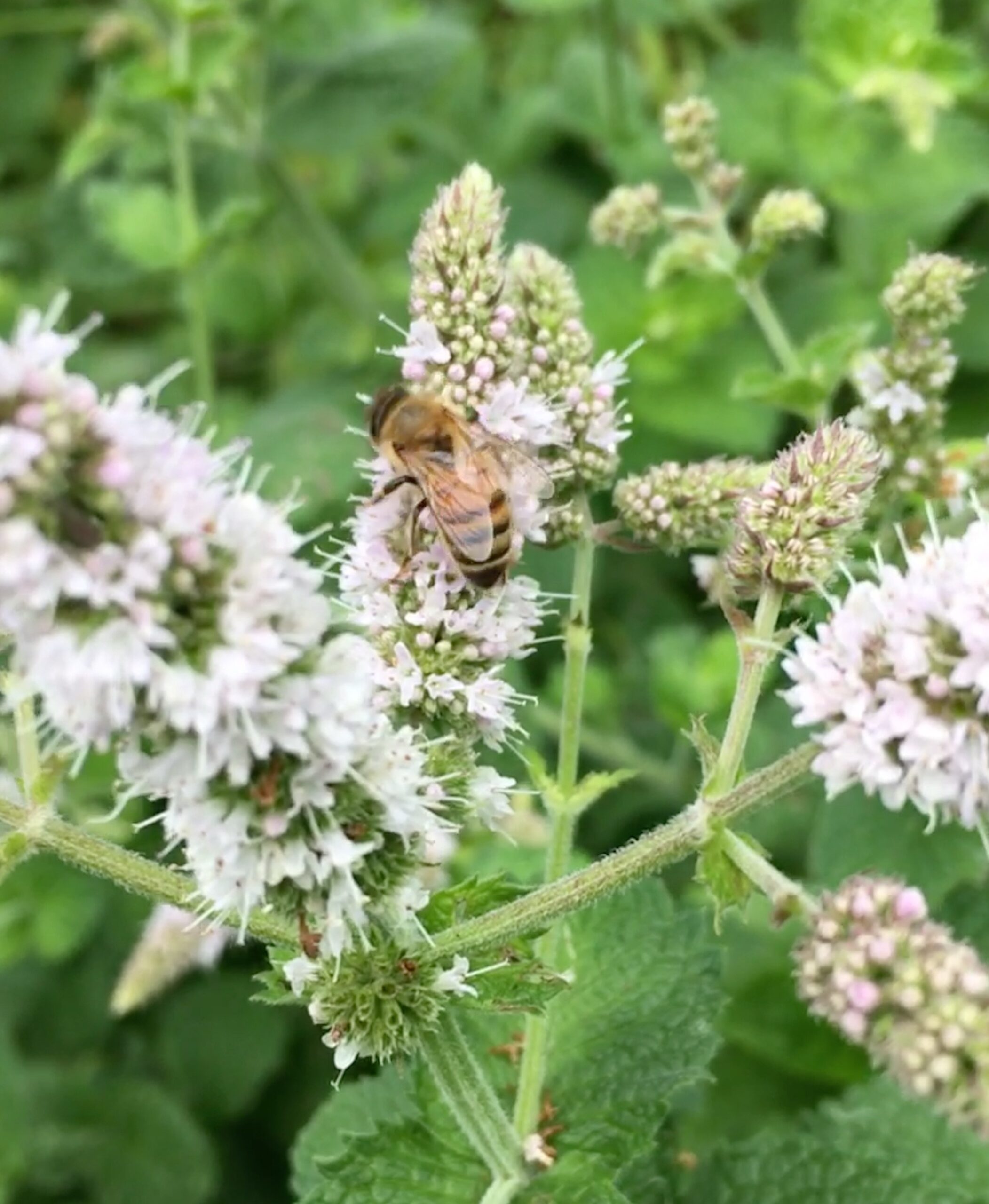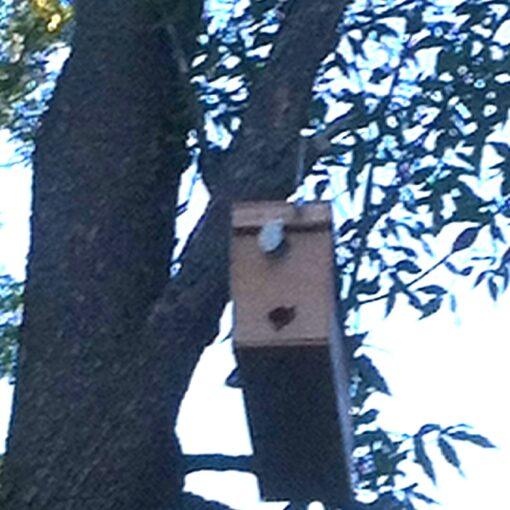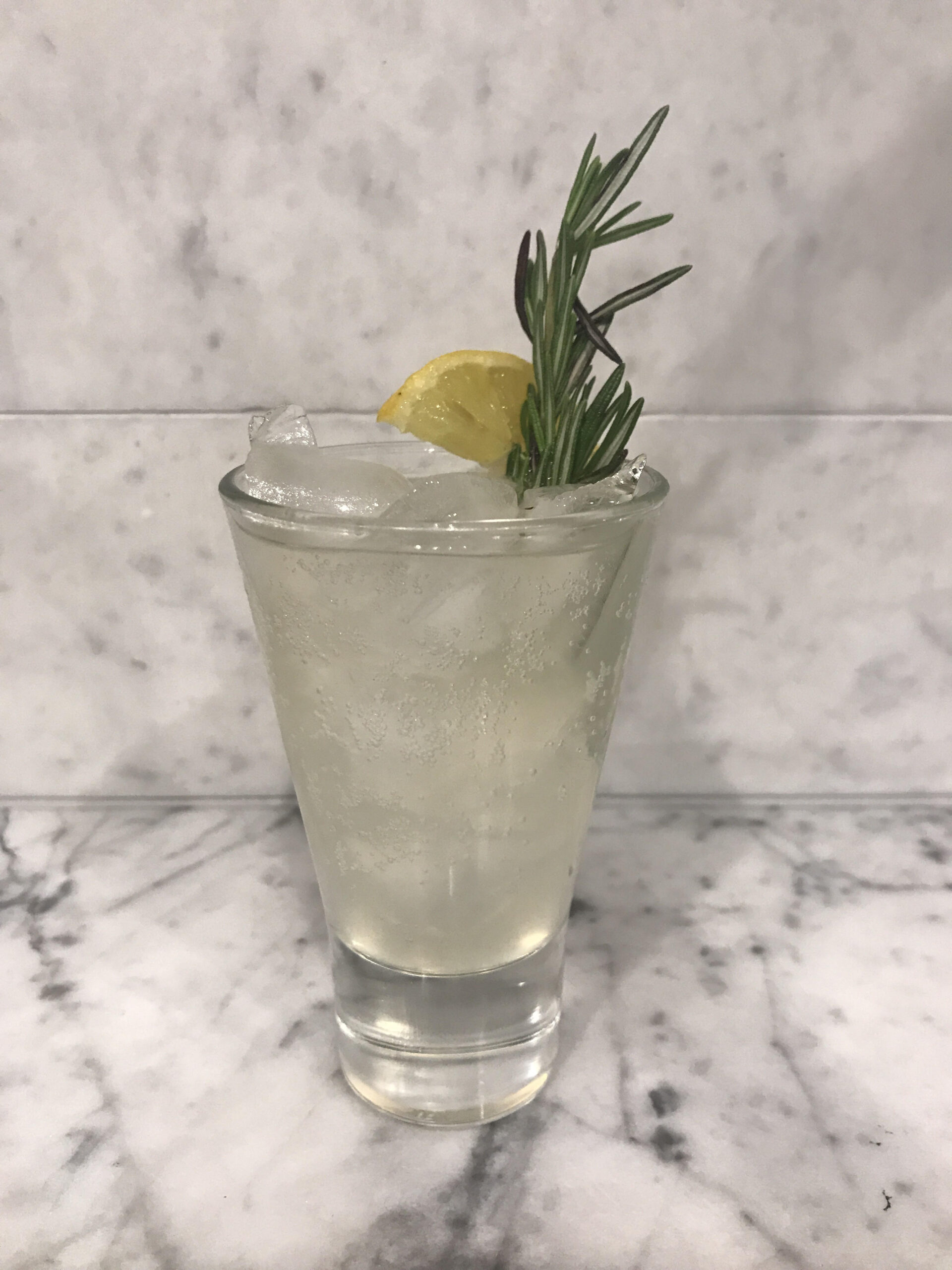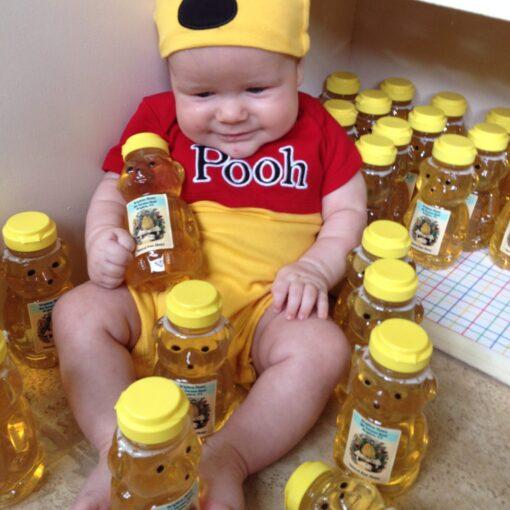The maples are in bloom and have opened up yesterday and I am congestion and sneezing. No sign of the basswoods blooming but still a bit early for them. The wild bees are very aggressive and Amy got stung Sunday. The Carolinian and Russians are surprisingly docile compared to the wild “American” bees. I removed the queen excluders off a few of the hives as the bees were not going up into the supers. I will suit up this weekend and check things and perhaps add another super to the power hives. The weather seems like it’s going to cooperate for at least this week.
AUTHOR
Ward
You may also like
Anyone can create a welcoming garden for pollinators. Turning your own yard or other property such as a schoolyard, work landscape, or roadside green space into a pollinator habitat is fun, easy and can make a difference for birds also. Planting a few flowers for your honey bees is like adding a few gallons of water to the ocean. Honeybees need on average about a square mile of good cover to forage on. However, adding a diverse mix of flowering plants to your garden will also attract butterflies, moths, hummingbirds, along with native bee species and the occasional wasps. These insects are essential to our survival and need to be welcomed into at the least a corner of our backyards. Besides providing a food source for pollinators flowers provide cover for other wildlife such as birds and also reduce neighborhood mowing area.
I checked on the cluster when I got home and they were gone! I did see that they had started to draw […]
This is a guest post from my brother-in-law, Adam. He is a food connoisseur and Director of Training, Talent, and Community Partnership […]
Even though the north east is under the barrage of a strong winter I am looking forward to a spring gardening and […]



